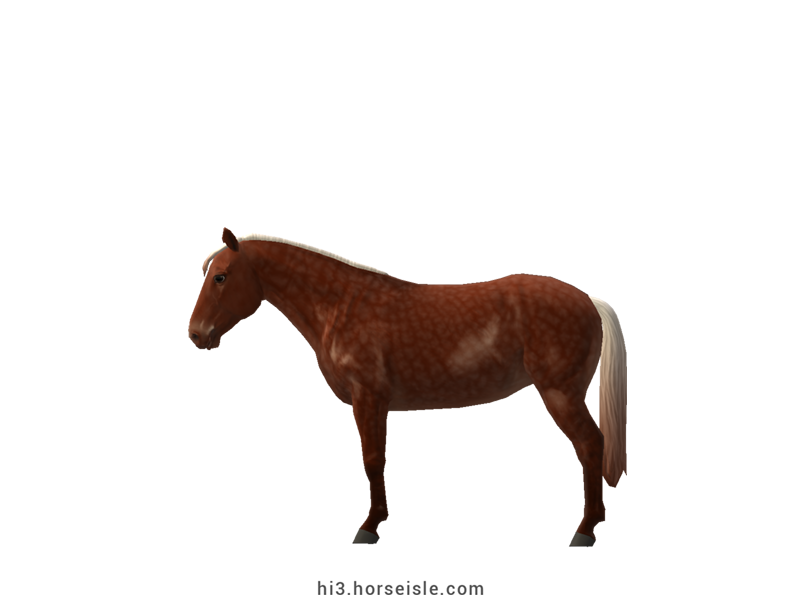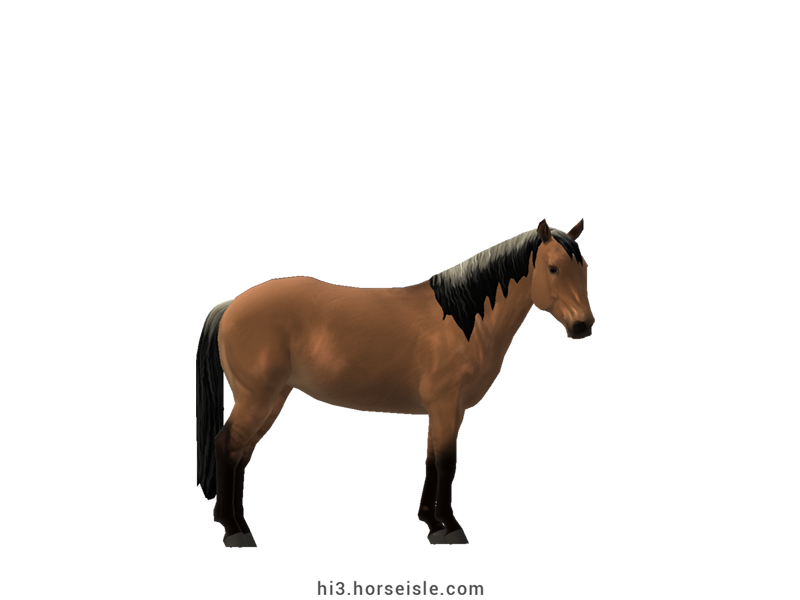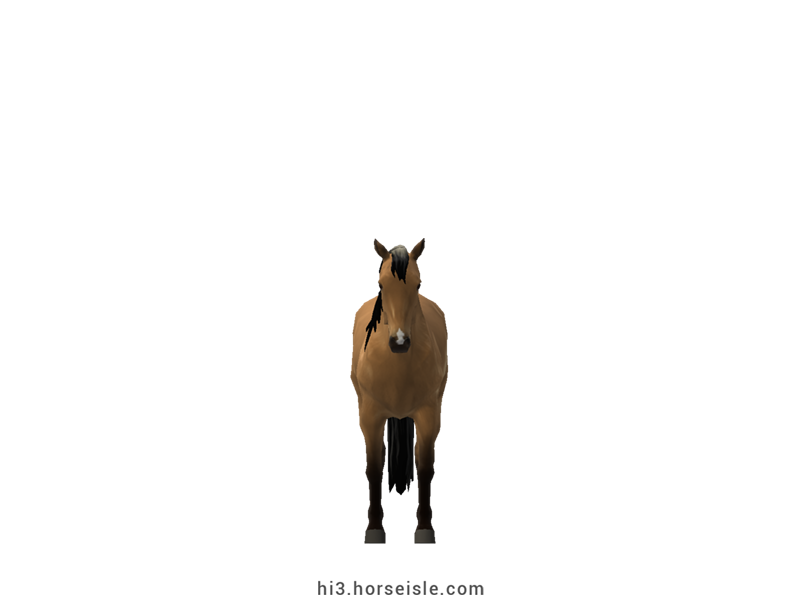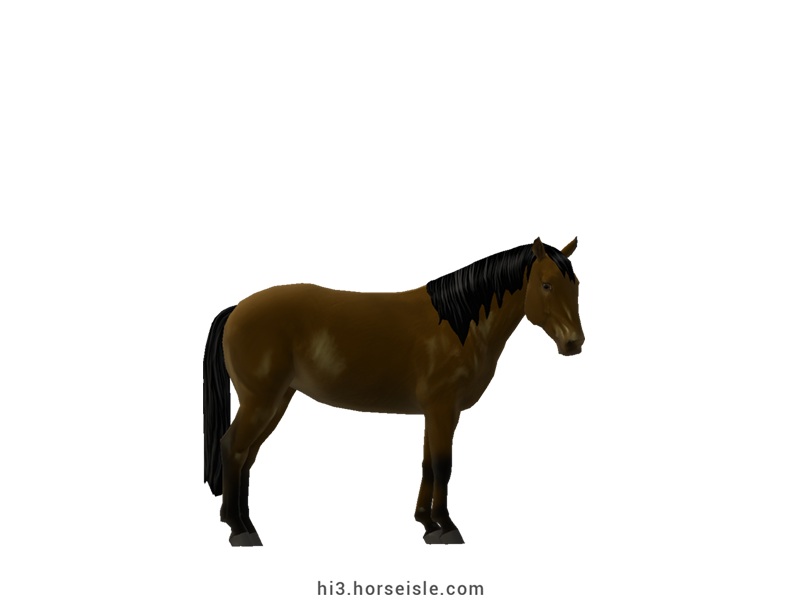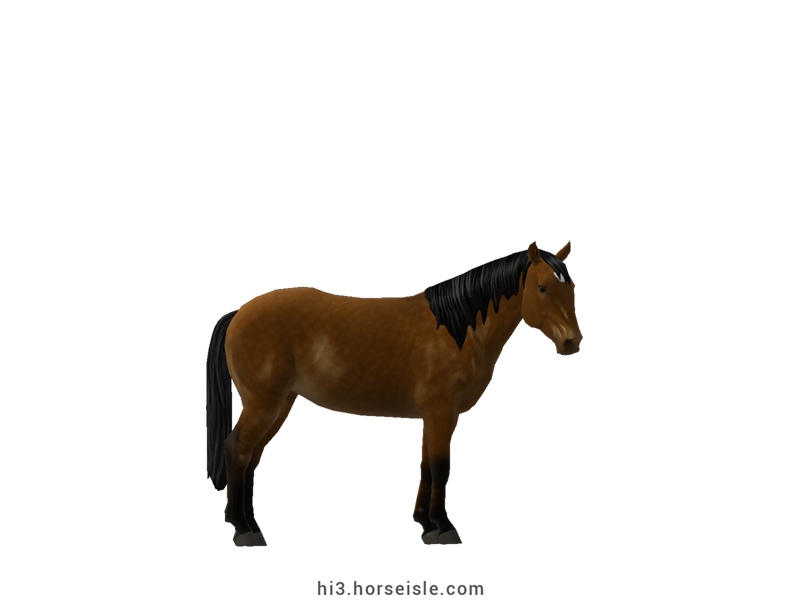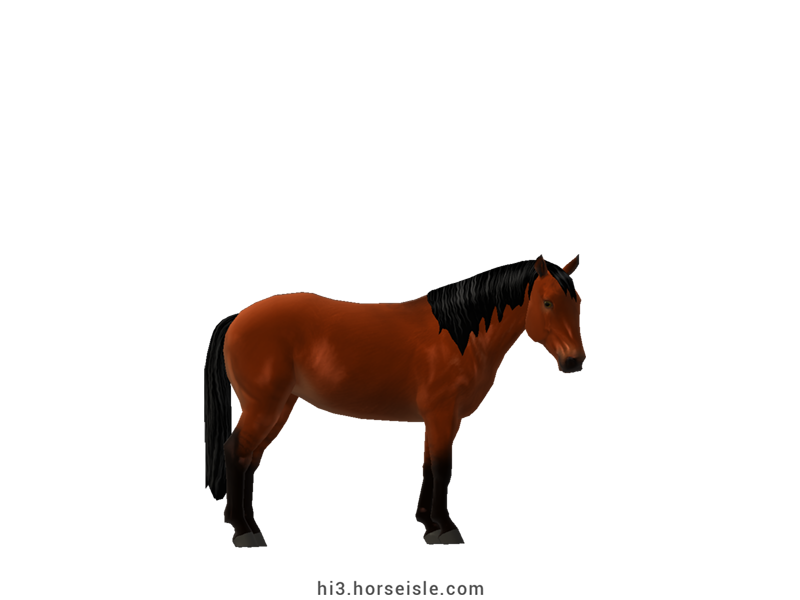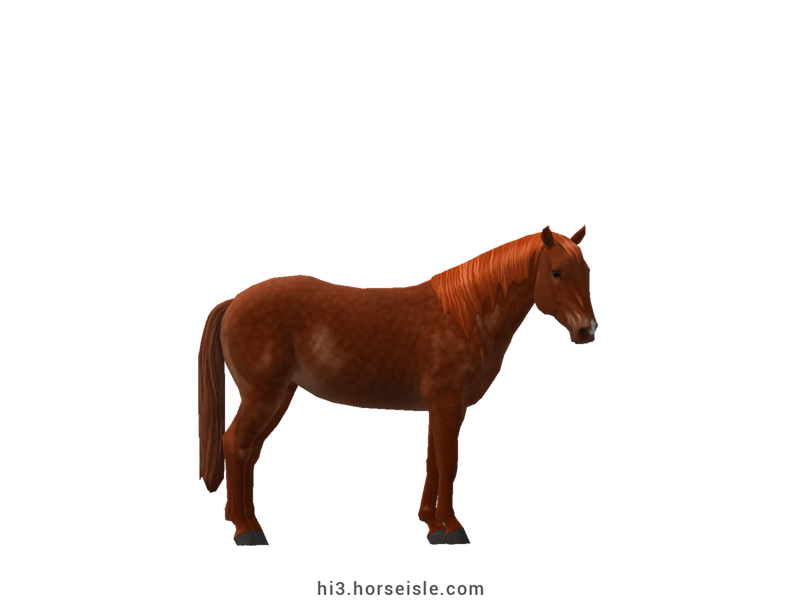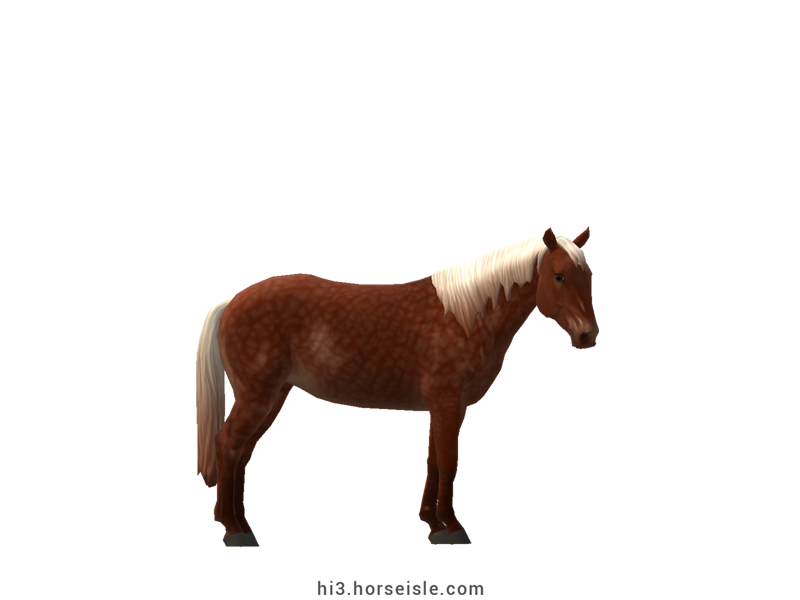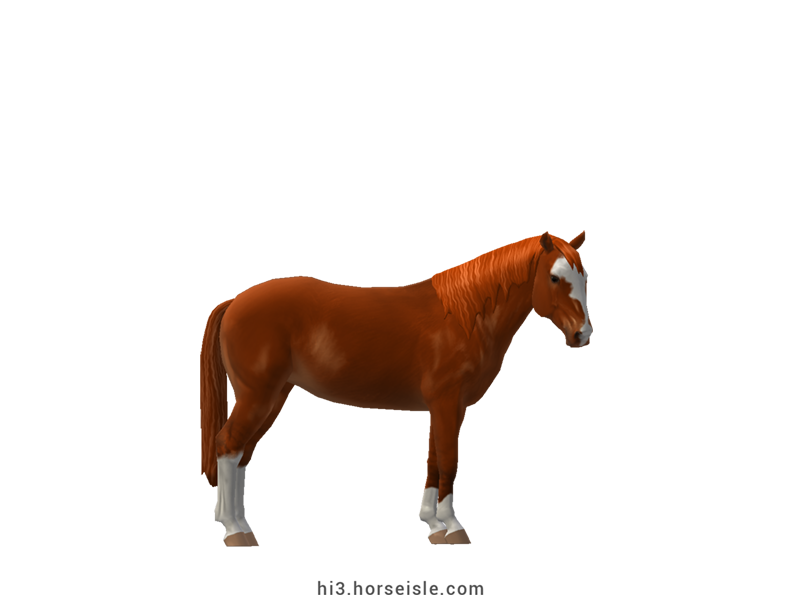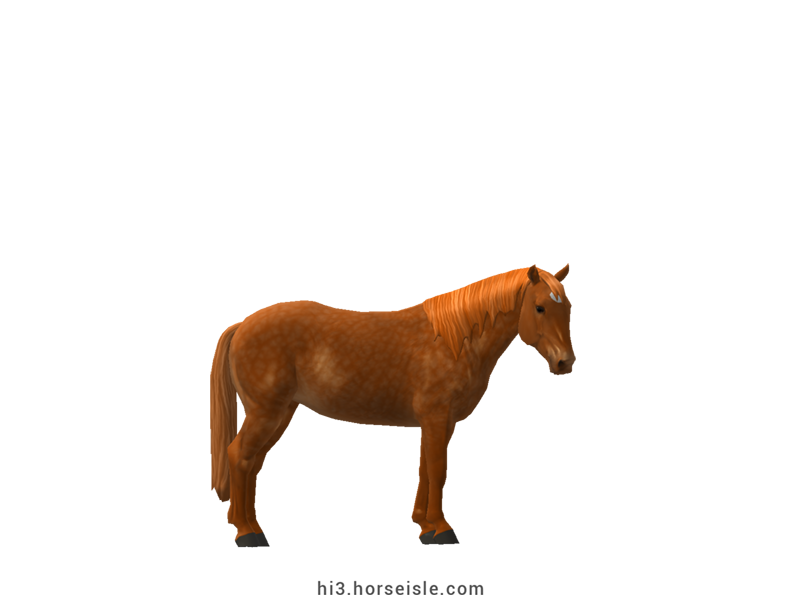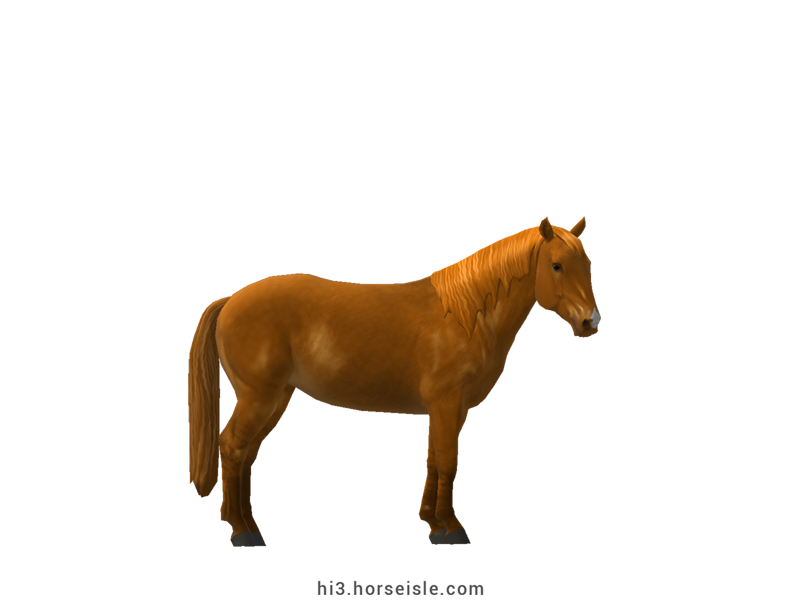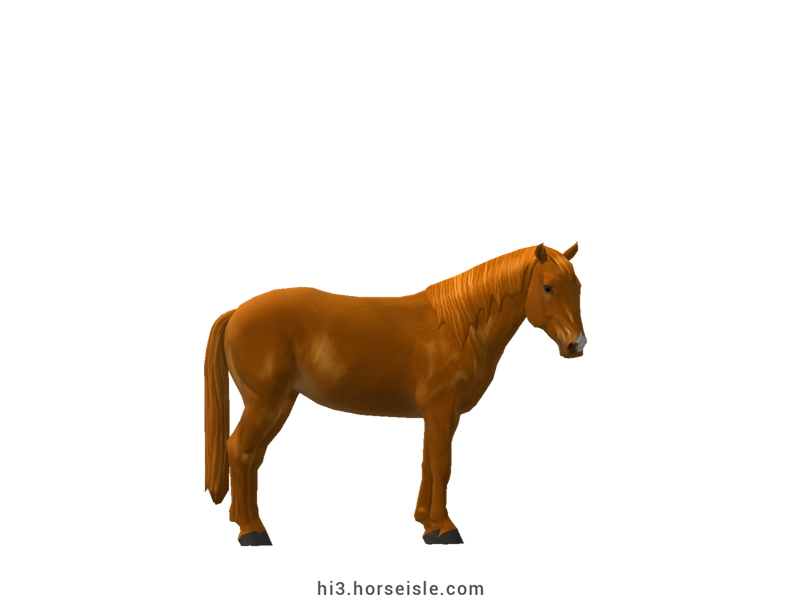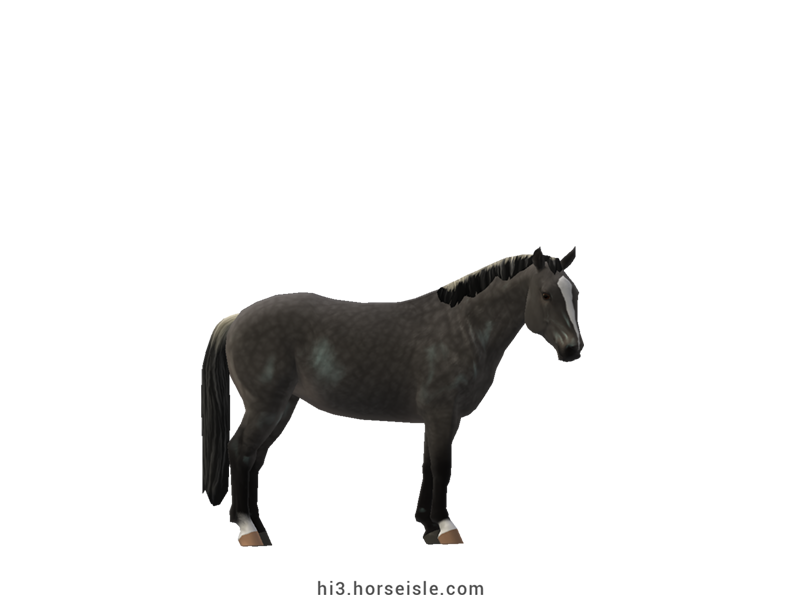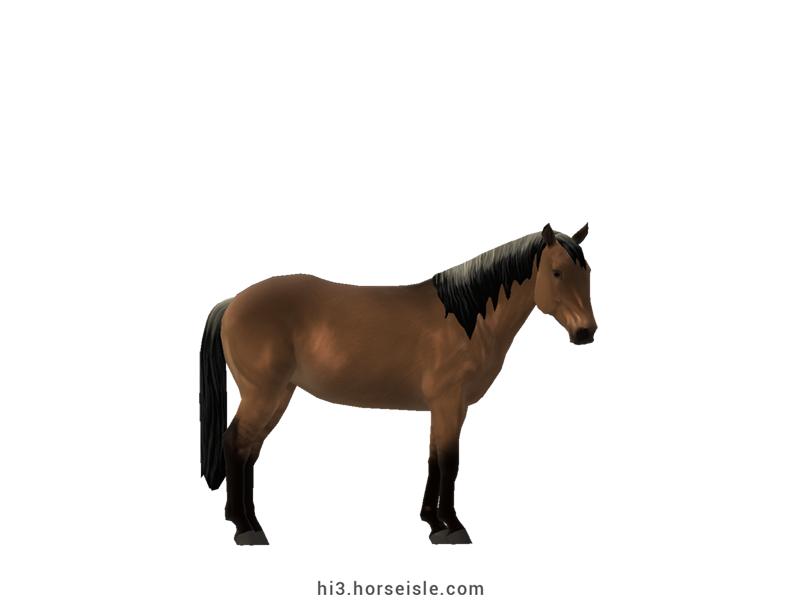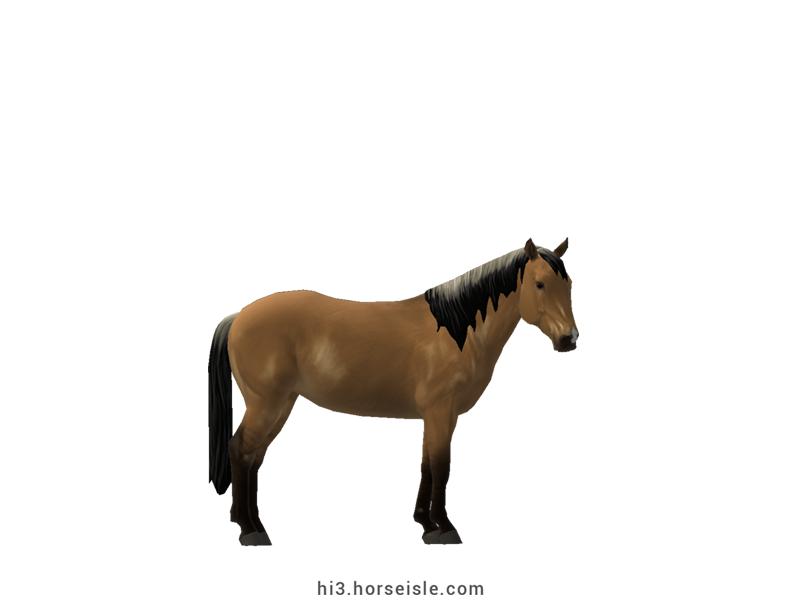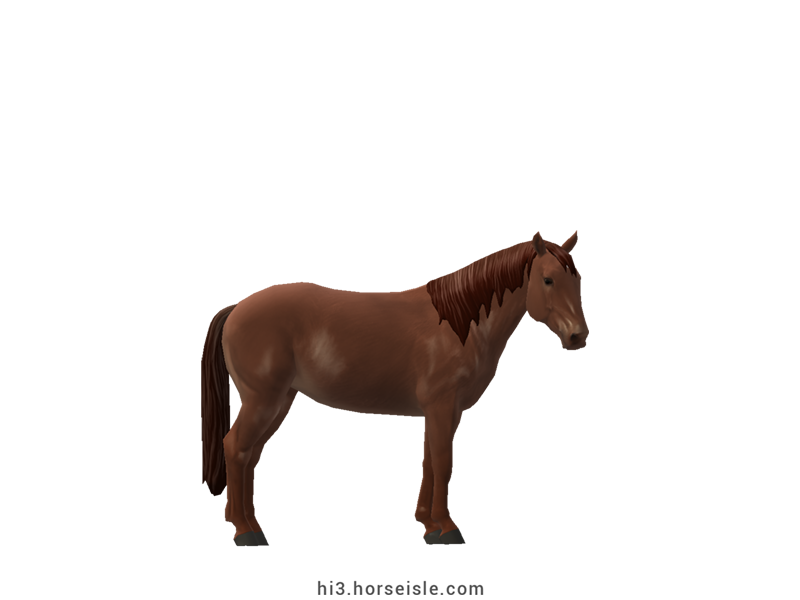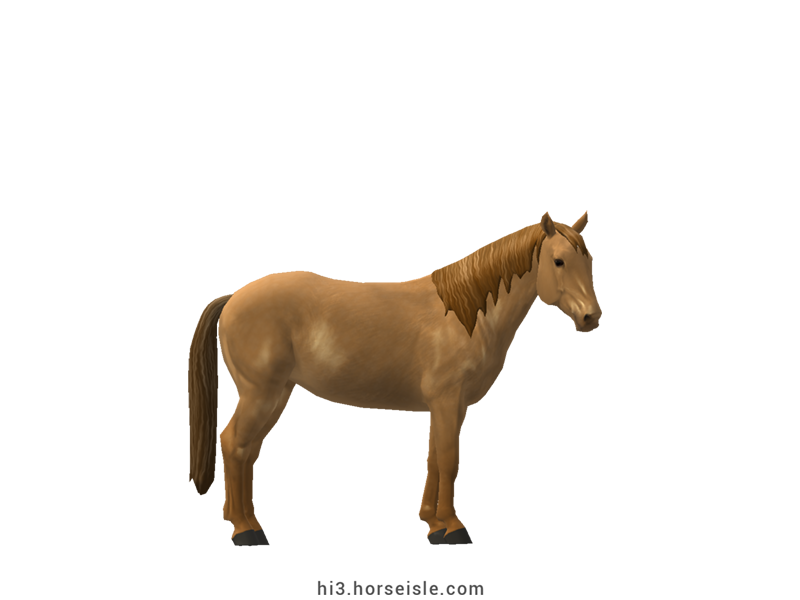Our Massive Real World Equine Reference!
[ INDEX ] Equine Type: Horse Breed: Lac La Croix Indigenous Pony (LLCIP) [ PREV ] [ NEXT ]
How did ponies arrive at Lac La Croix?
One story that crops up in articles about this breed is that the LLCIP descended from horses that survived in North America during the last Ice Age. However, it is incorrect, not only because of lack of archeological evidence (see 'American Mustang'), but also because genetic studies revealed a different story.
During the 17th century, the western half of Canada was settled by French settlers. In order to help them, the French monarchy sent them horses of various types. The settlers crossed those horses together, and the result was the Canadian horse (see 'Canadian' for more info).
LLCIPs were theorized to descend from Canadian horses who were crossed with Spanish Mustangs. A 2012 genetic study found a genetic link between Canadian horses and LLCIPs, confirming the LLCIP's Canadian ancestry. A connection was also found between LLCIPs and Spanish Mustangs, although it could be the result of Spanish Mustang blood that LLCIPs received during the 1970s.
Adapting to the wild of the Canadian Shield:
Whoever the exact ancestors of the LLCIP were, at some point their offspring became feral. They roamed in the boreal forests and rocky ridges of the North American wild from Ontario to Minnesota in the Lac La Croix First Nation, growing accustomed to the hot summers and cold winters.
The openings of their ears developed long, thick hairs, and their nostrils developed a distinctive flap, both insulating their ears and nostrils from the cold and preventing insects from crawling inside. Their hooves grew small and tough, providing a good grip on the slopes and grooves of rocky terrains.
From thousands… down to four:
The LLCIPs thrived in the wild, roaming in their thousands alongside the Ojibwe tribe with whom they shared their terrain. At some point, they became semi-feral, receiving food and care when needed from the settlers and indigenous people that lived in the terrains they roamed, while serving as pack and riding ponies when needed.
That took a turn for the worse during the early 20th century. In order to use the ponies' range for settlements and farmlands, the ponies were removed from the region. Even more tragically, during the 1940s, missionaries prompted the complete destruction of the ponies on the American side of the border, leading to their eventual extinction.
By the 1970s, from thousands of ponies that roamed there only a century ago, only four mares were left on the Canadian side of the range and none on the American side.
Saved on the nick of time:
In 1977, the four mares were gathered by the order of the Canadian Government to be removed from their home. However, the Ojibwe people managed to get hold of them and transfer them to a protected reserve in Minnesota.
In order to save the Lac La Croix breed, the mares were crossed with a Spanish Mustang named Smokey SMR169. Out of those crosses (although not in the same generation) two black stallions were born: Keokuk and Nimkii, both used for the conservation of the LLCIP.
Today, all LLCIPs trace back to one or both of those black stallions.
The Lac La Croix Indigenous Pony today:
Until the 1990s, the LLCIPs remained in Minnesota, but in 1993 they were brought back to Canada. Gradually, the herd grew, with horses being bred in several locations.
Today, the Ojibwe people breed these indigenous ponies, who are said to have excellent endurance. In addition, according to the Ojibwe people, LLCIPs have spiritual powers which can be amplified by performing special ceremonies. Their powers and intelligence give them their gentle nature and make them ideal for equine-assisted therapy.
Conformation:
LLCIPs have a wide head with a straight profile and small ears, a muscular, moderately arched neck, low withers, a straight back, a sloping croup, and small hooves.
The mane and tail can be wavy, and the legs are clear from feathering.
Performance metrics:
The following are the: range, average, (SD), and MOE of performance metrics of ordered Lac La Croix Indigenous Ponies in Horse Isle (not bred ones). In rare cases,
Speed: 13.9-15.2, 14.5 (0.3), 0.06.
Sprint: 39-55, 46 (3), 0.55.
Accel: 0.86-1.06, 0.95 (0.05), 0.01.
Decel: 0.84-1.00, 0.92 (0.03), 0.01.
Jump: 4.80-5.06, 4.94 (0.05), 0.01.
Pull: 1.57-2.16, 1.86 (0.14), 0.03.
Turning: 46.68-60.01, 52.56 (3.01), 0.59.
Reverse: 2.3-3.0, 2.6 (0.1), 0.03.
Stamina: 44.93-50.39, 47.12 (1.19), 0.23.
Reaction: 0.60-0.75, 0.68 (0.03), 0.01.
Coats & Height:
Colors: bay, black, brown, chestnut, and dun.
Additionals: flaxen, linebacked, sooty. The coat is always solid and often has primitive markings (zebra stripes on the legs plus a dorsal line).
Height: 12.2hh to 14.2hh.
[ INDEX ] [ PREV ] [ NEXT ]

